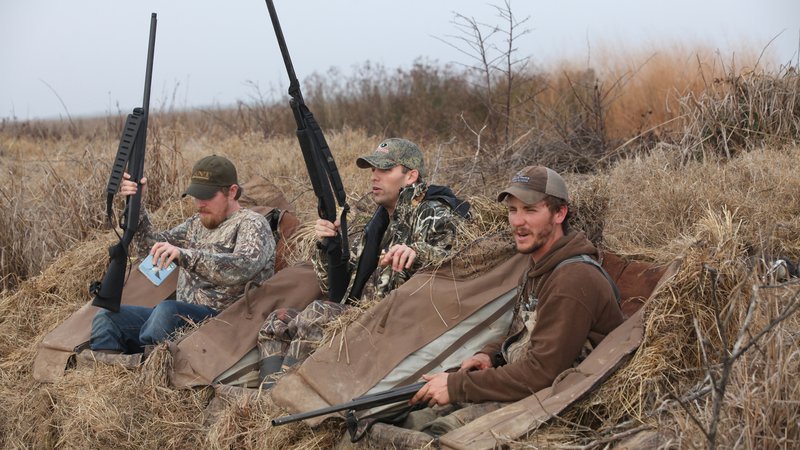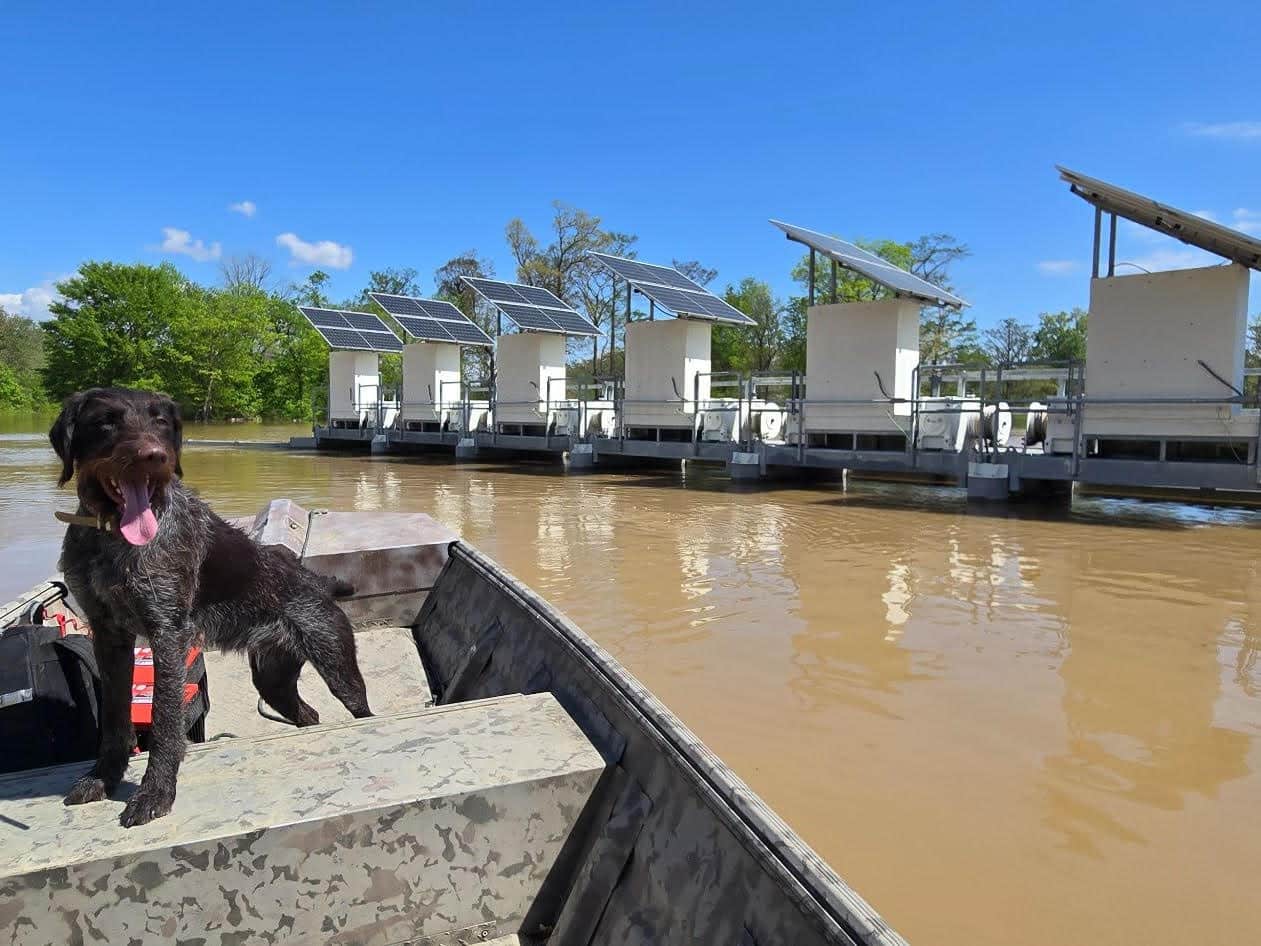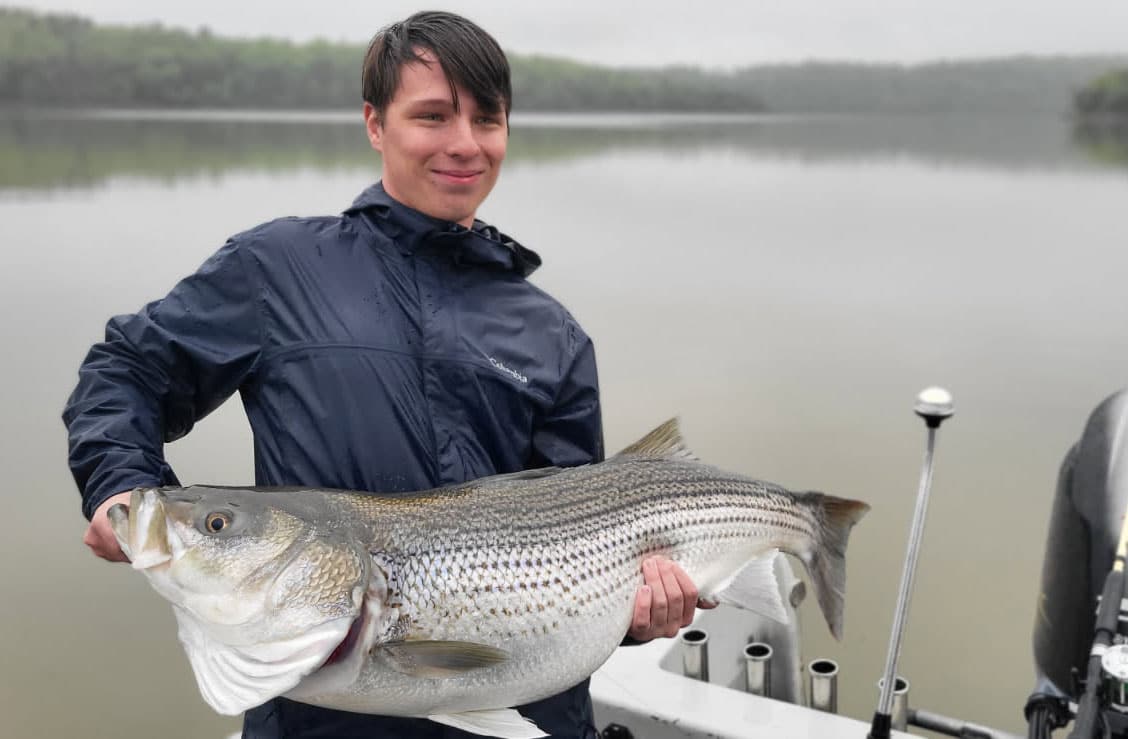Canada’s reduced hunter use unlikely to boost Arkansas waterfowl harvest
BY Jim Harris
ON 11-04-2020

Nov. 4, 2020
Jim Harris
Managing Editor Arkansas Wildlife Magazine
LITTLE ROCK – Travel restrictions into Canada for non-Canadians due to the coronavirus pandemic have dropped to zero the number of nonresident waterfowl hunters who typically venture to Canada’s prairies and parklands. One would surmise that with no U.S. hunters, many fewer ducks would be harvested during Canada’s waterfowl hunting season – and, well, those surviving ducks would eventually boost the potential harvest in Arkansas, right?
Not so fast, says Arkansas Game and Fish Commission waterfowl program coordinator Luke Naylor. Even if thousands of ducks are going unharvested with fewer hunters in Canada this fall, that number will be but a fraction of the ducks that are beginning their migration along the Central and Mississippi flyways, with many mallards converging at some point in Arkansas as they head south.
“The bottom line is, because nonresidents aren’t allowed into Canada now, any notion of any huge influx of ducks to the states and a noticeable impact on hunting success down here is wishful thinking,” he said. “On the scale that we’re dealing with, the amount of hunters and harvest in Canada, especially prairie Canada, is pretty small compared to what happens in the U.S., and even Arkansas alone.”
The Canadian Wildlife Service keeps tabs on many useful statistics, including non-Canadian resident hunter activity and harvest along with Canadian resident hunter activity and harvest (https://wildlife-species.canada.ca/harvest-survey/P002/A001/?lang=e). The numbers from past seasons, when Canada allowed nonresident hunters, pale in comparison to hunter activity and harvest in Arkansas alone, much less in the entire Mississippi and Central flyways.
The province of Saskatchewan produces a lot of ducks bound for those flyways and gets a lot of notoriety from U.S. hunters. But Naylor notes, “I think there is a misconception about hunting there based on what people see in photos or videos of hunts. They see people in photos coming back with eight ducks each (the daily bag limit) for several hunters and assume that’s happening consistently at a large scale. No doubt U.S. hunters enjoy some phenomenal hunts up there. But if you break down the numbers, it’s just not on a scale that compares to what happens in the U.S.”
For example, only about 8,000-9,000 non-Canadian residents have waterfowl hunted in Saskatchewan annually over the last decade or so.
“Going back 40 years, there is only one time that greater than 10,000 non-Canadian residents hunted in Saskatchewan,” Naylor said. “Put that in perspective and at the highest level the number of non-Canadian resident hunters hunting in Saskatchewan is just 10 percent of the hunters we have hunting in Arkansas each season.” Those same hunters have harvested just under 200,000 ducks each year for the last several years. All Saskatchewan hunters have harvested about 275,000 ducks annually in recent years, including about 175,000 mallards. To put that in perspective, during the 2019-20 season an estimated 563,900 Central and Mississippi Flyway duck hunters harvested an estimated 6.2 million ducks, almost 2 million of which were mallards.
There are other numbers to consider, Naylor notes.
One such number is the mallard fall flight index, an estimate of the mallard population in the fall, before the start of hunting seasons. This estimate has ranged from about 10 million-12 million in recent years, meaning hunters can expect about this many birds moving south at various times throughout fall and early winter. With so many factors influencing where and when those birds move, the relatively small number of ducks harvested in Prairie Canada each year pale in comparison to other key drivers such as habitat abundance and distribution.
This and other biological factors certainly will impact Arkansas’s duck numbers as duck season arrives, with opening day set for Saturday, Nov. 21.
“An early freeze up and cold fronts now, and whether or not land managers maintain habitat on the landscape, may have a lot more impact on our hunting than the lack of hunters in Canada,” Naylor said.
Recent News

New Glaise Creek structure meeting challenges
Apr. 28, 2025

Arkansas Wildlife Weekly Fishing Report
Apr. 24, 2025
Subscribe to Our Weekly Newsletter E-mails
Don’t miss another issue. Sign up now to receive the AGFC Wildlife Weekly Newsletter in your mailbox every Wednesday afternoon (Waterfowl Reports are published weekly during waterfowl season and periodically outside the season). Fishing Reports arrive on Thursdays. Fill in the following fields and hit submit. Thanks, and welcome!
